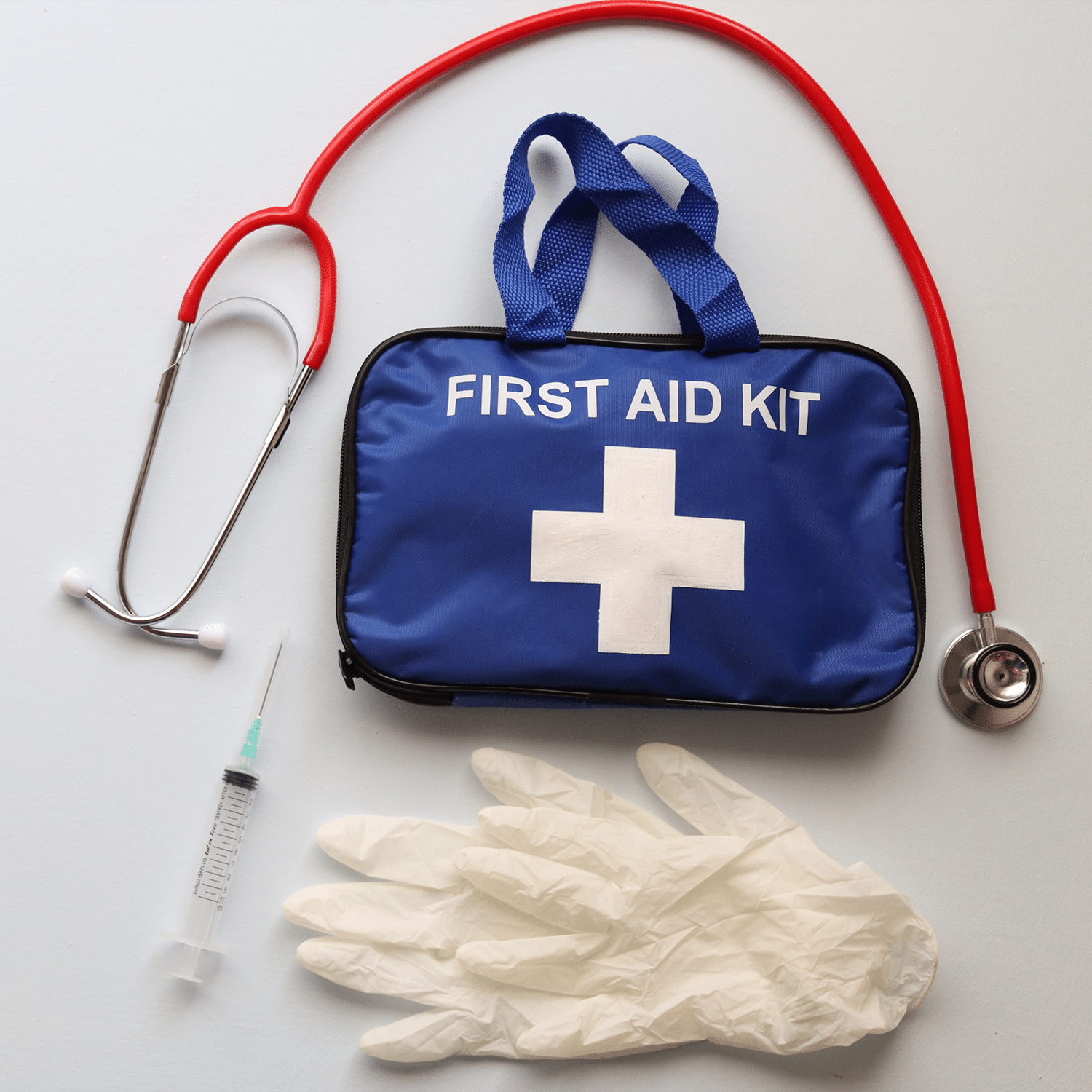Building The Perfect First Aid Kit
Let’s face it – emergencies happen. It’s important to prepare for a variety of scenarios your pet could unexpectedly face so you have peace of mind and can swiftly and efficiently care for your pet with the proper response. Having knowledge of basic pet first aid and human first aid greatly increases the likelihood that you’ll be less panicked in emergencies and can make your pet feel more comfortable during a stressful event. With the right knowledge and tools, you can potentially save their life.

Emergency Contacts for Your Pets
To best prepare for an emergency, make sure you have contact numbers for the following: your veterinarian, emergency vets in your area, poison control, and local animal rescues and shelters in your area.
Veterinarians
If your pet is ever injured or not acting itself, your first step would be to call your veterinarian. Your vet can guide you with steps for proper care over the phone and can be ready in the event you need to transport your pet to the clinic for care. Having numbers for a 24/7 pet emergency hospital or clinic is also important in case of an emergency after hours.
Poison Control
It is important to keep poison control numbers written down and saved in your phone, since dogs and cats get into things they shouldn’t. Pets have been known to get into poisonous household cleaning products, eat toxic human food or ingest poisonous plants.
It’s a good idea to do some research and find out what plants are toxic to your pet. Many pet owners have toxic house plants in their homes and don’t even know it. Some examples are aloe vera, pothos and poinsettias. Pets also run into dangerous plants outdoors. Lilies are extremely toxic to cats, for example. If they walk through the pollen and lick their paws, it can be detrimental.
The ASPCA Animal Poison Control Center (APCC) is available 24/7 as a resource for any animal poison-related emergency. If you think your pet may have ingested a potentially poisonous substance, call (888) 426-4435.
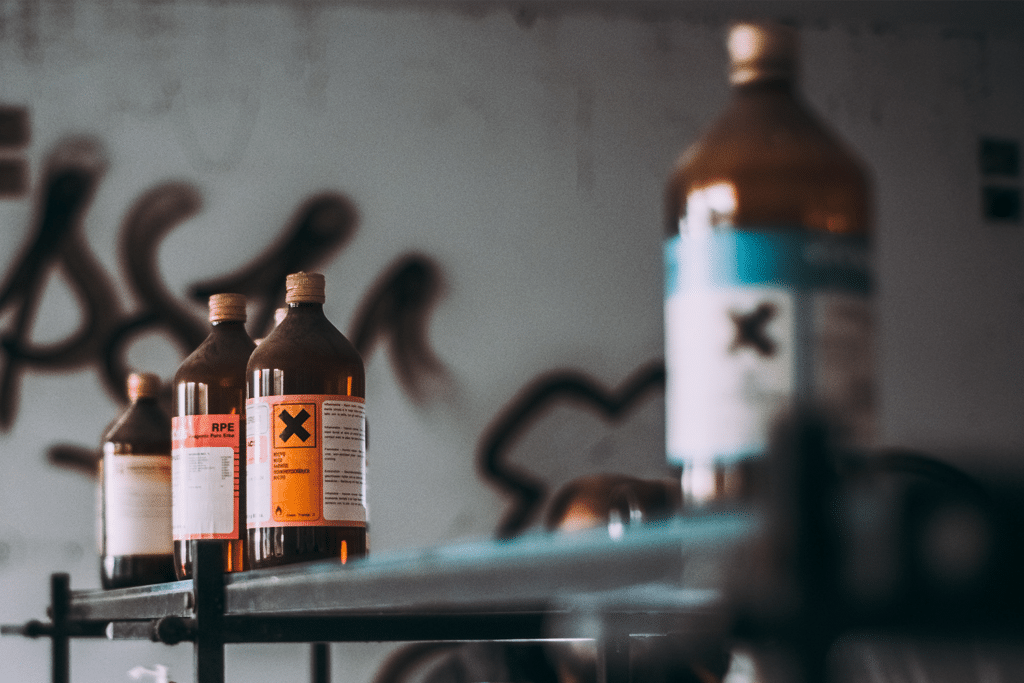
Local Animal Shelters and Rescues
Having contact information for local animal shelters and rescues can help you greatly if your pet ever gets out. Even the most diligent pet owners are familiar with this scenario – their dog or cat gets excited to see the outside world, and we lose sight of them. Local shelters can help you track down your pet if they get calls about a loose pet or if someone picks up your pet and takes it to the shelter. They can also help if you find someone else’s pet. You can call and let them know what you found in case someone else is looking.
Travel
There are plenty of things that can happen around home, but there are even more hazards when traveling with a pet. It is important to remember your pet’s needs when traveling. A seatbelt tether or kennel is always recommended. A loose dog in the car can be a serious hazard; not only can pets be distracting for drivers, but you and your pet can be severely injured – or worse – in the event of a car accident.
It is a great idea to always travel with a first aid kit in the car as well. Adding clean water and food for traveling is a great idea. Dogs need access to water much more frequently than we do. If hiking, avoid letting your dog drink from puddles or streams as they could be contaminated.
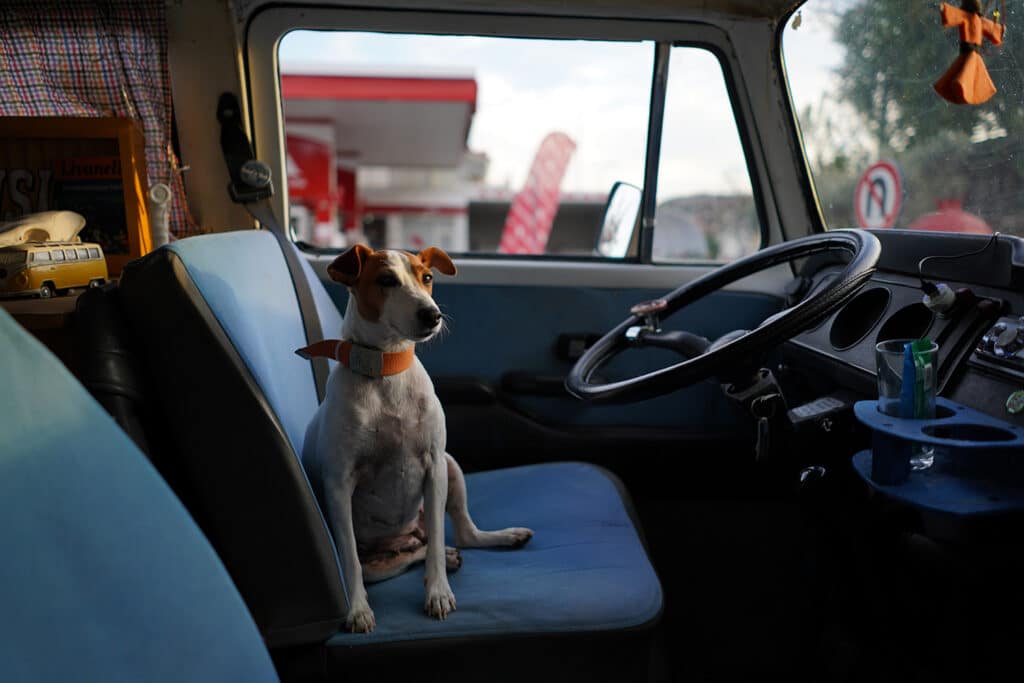
First Aid Kit Essentials
Below is a list of items we recommend storing in a first aid kit. Place the supplies inside an easily transportable tote or container and make sure to bring it with you whenever your travel. It’s important to pack your kit in an easy-to-access location so you may grab it quickly in emergencies. Use the checklist below for easy assembly.
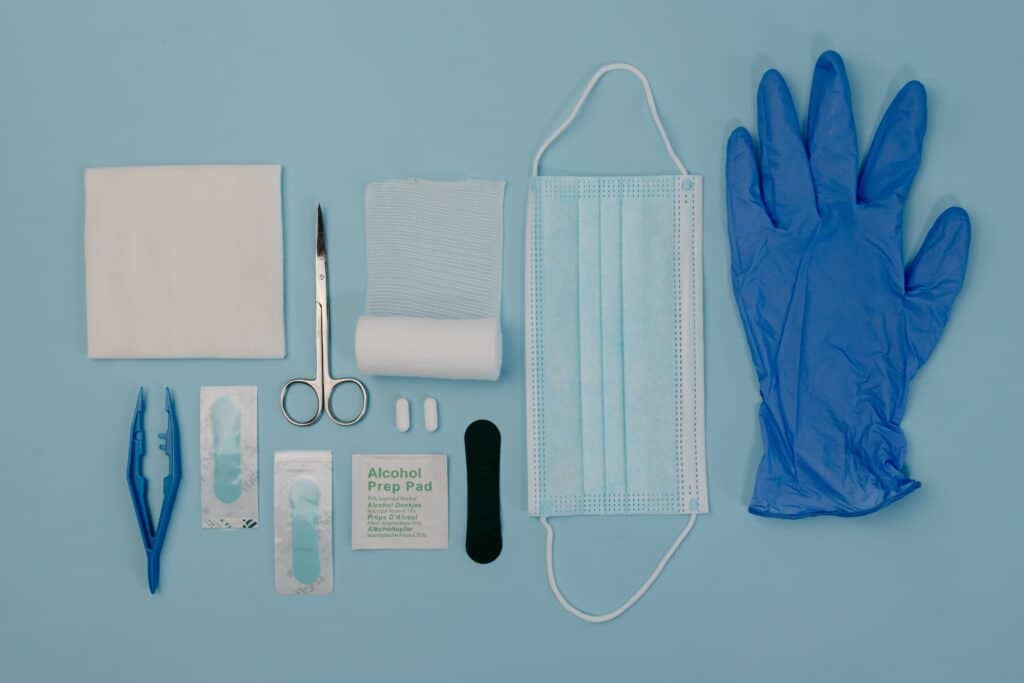
Rubbing Alcohol: Can be used as a disinfectant. After performing first aid, use on anything reusable if stool, urine, blood, dirt or other contaminant is present.
Alcohol Wipes: Can be used lightly on the skin around wound to reduce chance of infection. Can also be used to disinfect.
Antibiotic ointment: Used for small cuts or nicks on the skin to help prevent infection and speed up healing.
Band-aids: Keep on hand for human use.
Bandage Scissors: Effective for cutting gauze rolls and tape as needed.
Disposable gloves: Gloves should be worn anytime blood, feces or urine are present.
Gauze pads: Can be used for cleaning or covering bleeding wounds. Apply and then wrap with gauze roll for more protection.
Gauze Roll: Use to secure gauze pads in place. Can rip or tear easily, so if in an area where pet may scratch it off or bother it, you may need vet wrap on top of it to secure it.
Hydrogen Peroxide: Needed to induce vomiting in pets if they eat something toxic. Use only per recommendation of your vet or poison control facility.
Hydrogren peroxide also kills bacteria and lessens the chance of infection. Can be used on the skin and over a small scratch or cut to greatly reduce chances of infection. It does not hurt when applied like alcohol does.
Instant Ice packs: Can be used to help with inflammation and also to cool pet quickly if suspecting heat injury such as heat stroke.
Saline Eye Wash: Flush eyes if suspected injury. As long as it is only saline, no harm can be done by flushing the eyes. If you suspect dirt or debris in the eyes, flush them before an injury occurs.
Syringe: Needed for use with hydrogen peroxide if the vet or poison control advises to induce vomiting in your pet. This would happen if your pet came into contact with a toxin of some sort.
Tape: Helps to secure any bandaging.
Thermometer: Knowing your pet’s temperature is imperative if suspecting a heat or cold injury.
Tweezers: Can be used to remove splinters or thorns from paw pads and noses. They may also be necessary to remove stingers.
Tylenol: Only used for human consumption. It is extremely harmful for pets. May be needed if injury occurs.
Vet Wrap or self-adhering bandage: Use when wrapping a bleeding injury. Pull a significant amount off the roll and then wrap around injury to ensure it does not get wrapped too tightly. Tape can be added as an extra layer of stability but is not necessary at this point.
Wound Wash: This is typically just a saline solution. It will clean out any major debris from an injury without disinfecting it. If there is a large wound, this is best to ensure you are not damaging any good tissue.
**Note: The Tylenol and Band-aids in the first aid kit are for human use. Everything else in the kit can be used on humans, so while you are building a kit suitable for pets, it can also help you if you find yourself in an emergency situation.
Other Items to Consider
Benadryl
Adding Benadryl to your kit is a great idea. Contact your vet to get the correct dosage for your pet and write it on the package. In a case where your pet is bit or scratched by something venomous, the Benadryl could help them greatly.
Muzzle
Any pet that is in pain or may be moved into pain can and will bite. It is purely a reaction and not their fault. Be prepared for this reaction by keeping a muzzle in your kit that fits your pet.
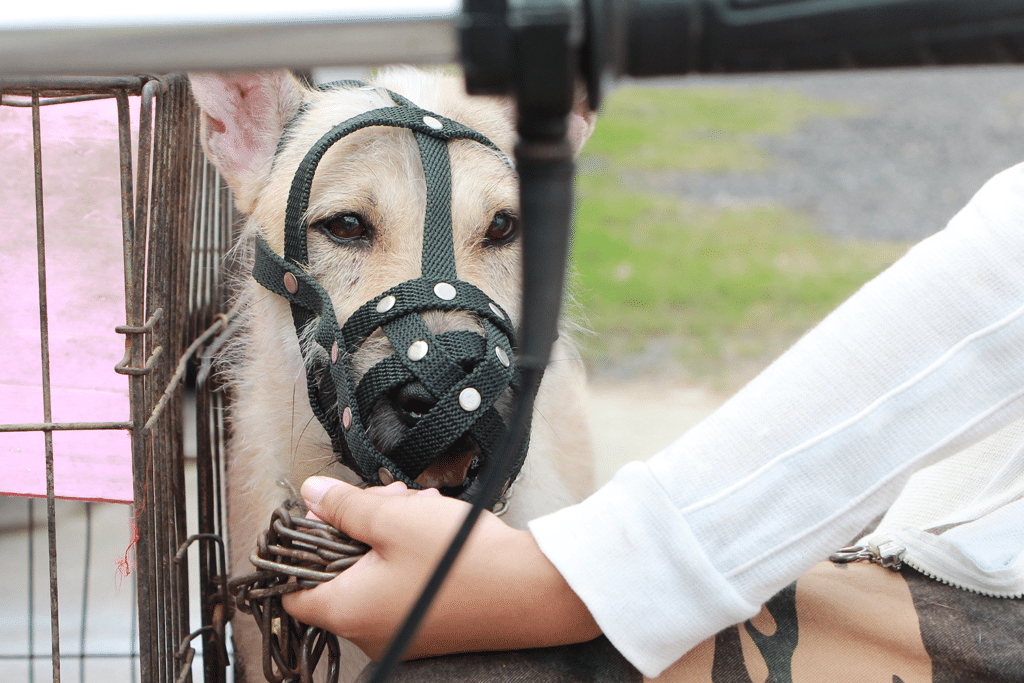
Summary
Even the most cautious pet owners could eventually find themselves in an emergency situation where they need to utilize a first aid kit. Having a kit packed and accessible can make a world of difference and keep us calm when dangerous situations arise.
Any first aid given should be followed by veterinarian care. Always remember to call your vet if you need to perform first aid on your pet.
Looking for more info on pet first aid? Stay tuned for our blog next week on treating specific ailments your pet may face. And make sure to read our recent blog on hiking and first aid tips for your pet if you haven’t already! You may also wish to check out helpful resources from the American Kennel Club.
If you have any questions regarding the first aid kit content for pets in this article, contact your local Smoochie Pooch dog groomer for clarification and guidance! Our pet stylists are certified in pet first aid and CPR and would be happy to answer your questions!


